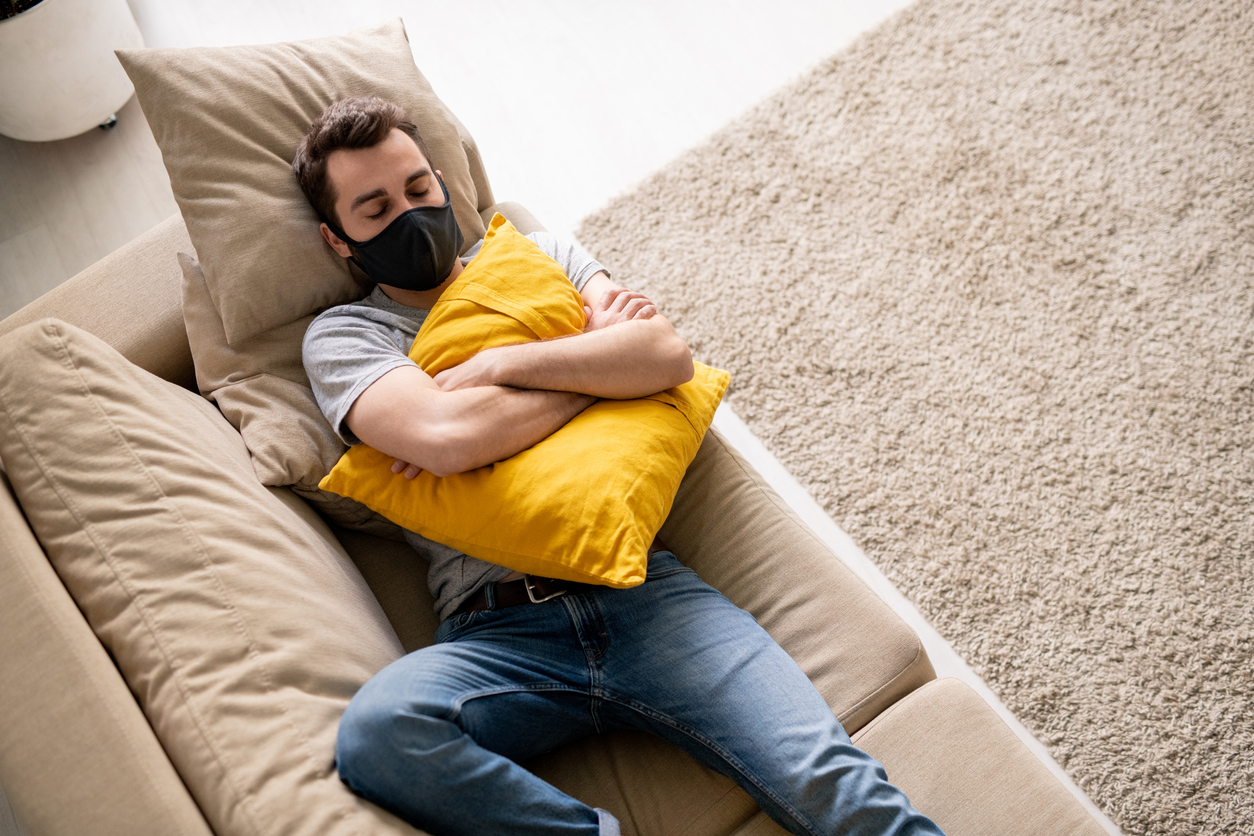The Latest Sleep Research: Owls and Larks During COVID-19

COVID stay-at-home practices provide a unique opportunity for researchers to study changes in sleep habits with fewer external restrictions. A recent study looked at how changes brought on by stay-at-home conditions lined up with peoples’ preferred sleep patterns.
Study:
Chronotype refers to individual differences in when a person naturally feels the sleepiest and when they naturally feel the most alert during a 24-hour period. Natural inclinations determining preferences for the timing of sleep vary from person to person, and terms such as “night owls” and “morning larks” have been used to describe people with late vs. early sleep periods. In this study, researchers sought to answer if there are changes in sleep habits based on chronotype between a standard environment (pre-COVID) and a quarantined environment (during COVID).
The study included relatively healthy sleepers from various countries who stayed at home for at least one month since the beginning of stay-at-home orders. Participants (n= 3787) ages 15 – 60 were split into an adolescence group (ages 15 – 18) and an adulthood group (ages 19 – 60). Data were collected from March 1 to June 15, 2020.
To understand participants’ habits and behaviors, the researchers collected daily logs about food intake, mental activities, leisure activities, feelings of fatigue, bedtimes, wake times, and number of naps. Participants completed the logs for at least one month. To go along with the daily logs, phone interviews were conducted to get a better understanding of sleep pattern changes. However, this study did not include any objective measurement of sleep patterns.
The researchers used self-reported bedtime, wake time, and number of naps to determine chronotype. Morning larks were classified as going to bed before 11:00 p.m. and waking up before 8:00 a.m. Intermediate sleepers went to bed around 11:30 p.m. to midnight and woke up around 7:30 to 8:00 a.m. Night owls went to bed at or after midnight and woke up at or after 8:00 a.m. Desynchronized sleepers had no fixed sleep or wake schedules.
Since most of the participants woke up using an alarm under standard conditions, it was not possible to determine natural chronotype pre-COVID. The majority of the sample were early risers during the pre-quarantine time, likely due to demands of their schedules. Adolescents reported going to bed between 9:55 to 10:35 p.m. and waking between 5:50 and 7:50 a.m., while adults went to bed between 9:40 to 11:10 p.m. and woke between 6:30 and 7:50 a.m., on average.
The most significant changes in sleep happened during the first two weeks of quarantine: 67% of all participants shifted their sleep 1-2 hours closer to midnight. Many larks became intermediate sleepers, and many intermediate sleepers became night owls. The phone interviews revealed no sleep complaints, but a small number of the participants (< 2%) reported they had sleep disturbances in the beginning of quarantine that went away during the first two weeks.
The ability to shift sleep patterns during quarantine to a schedule based more on personal preference than on external factors showed that about half of the participants were natural night owls, a quarter were intermediate sleepers, and the remainder were either morning larks or desynchronized sleepers. Most of the desynchronized sleepers were males over the age of 50.
COVID and Sleep
In the scientific literature, there are variations in how chronotypes are standardized and classified. The authors of this article conclude that their data suggest that, when given the option, most people are more comfortable shifting their sleep to later in the evening. Fewer of the study participants shifted their sleep earlier, and fewer chose to nap during the day. One explanation for this may be that for many people their natural chronotype had always been later; however, they were restricted from aligning their sleep habits with their natural preferences due to social pressures and scheduling requirements.
Source:
AMHSI Research Team, Milken Research Team, Roitblat, Y., Burger, J., Vaiman, M., Nehuliaieva, L., Buchris, N., & Shterenshis, M.
(2021). Owls and larks do not exist: COVID-19 quarantine sleep habits, Sleep Medicine, 17, 177-183. https://doi.org/10.1016/j.sleep.2020.09.003